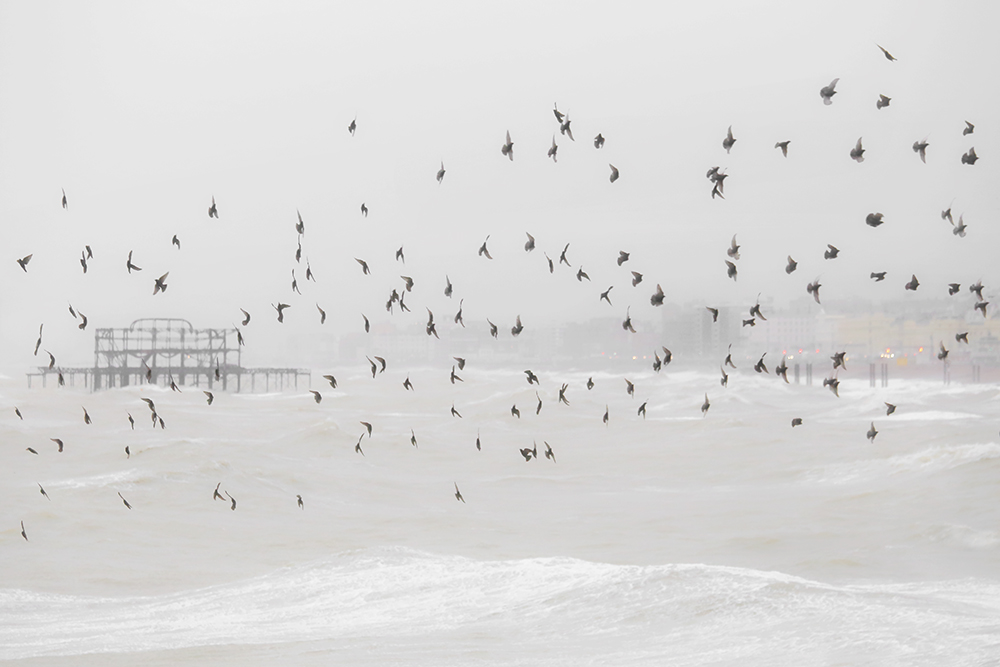
Post-processing has always been an essential part of photography - in both the film and digital eras. While the tools have evolved, the fundamental need to refine an image remains. In the past, we developed films chemically, cropped or masked part of the image, selectively dodged or burned certain areas, and fine-tuned the final print. Today, advanced software allows us to digitally develop our images: adjusting exposure, highlights, shadows, cropping, masking, and enhancing with remarkable precision. Digital editing offers greater flexibility and is non-destructive, unlike the permanent processes of the darkroom.
Every photographer approaches post-processing differently, and each method is valid. I process my RAW images as minimally as possible, though my workflow always adapts to the needs of each photograph. Typically, I correct exposure, adjust white balance, and apply light sharpening; without these adjustments, RAW images often appear flat and lifeless.
For example, in my image “The West Pier of Brighton,” I made selective enhancements: sharpening the starlings in flight, removing a few nearly invisible birds near the edges, increasing the saturation of the streetlights, and refining the contrast between the sea and the birds to add depth and visual impact. My goal was to recreate what my eyes experienced, not to reinvent the scene.
While AI technology now enables drastic alterations, I leave such transformations to creative image-makers. I believe authenticity matters more than technical perfection. Given the choice, I will always embrace slight imperfections over the pursuit of unrealistic excellence.
Beata Moore
Discover. Experience. Create

